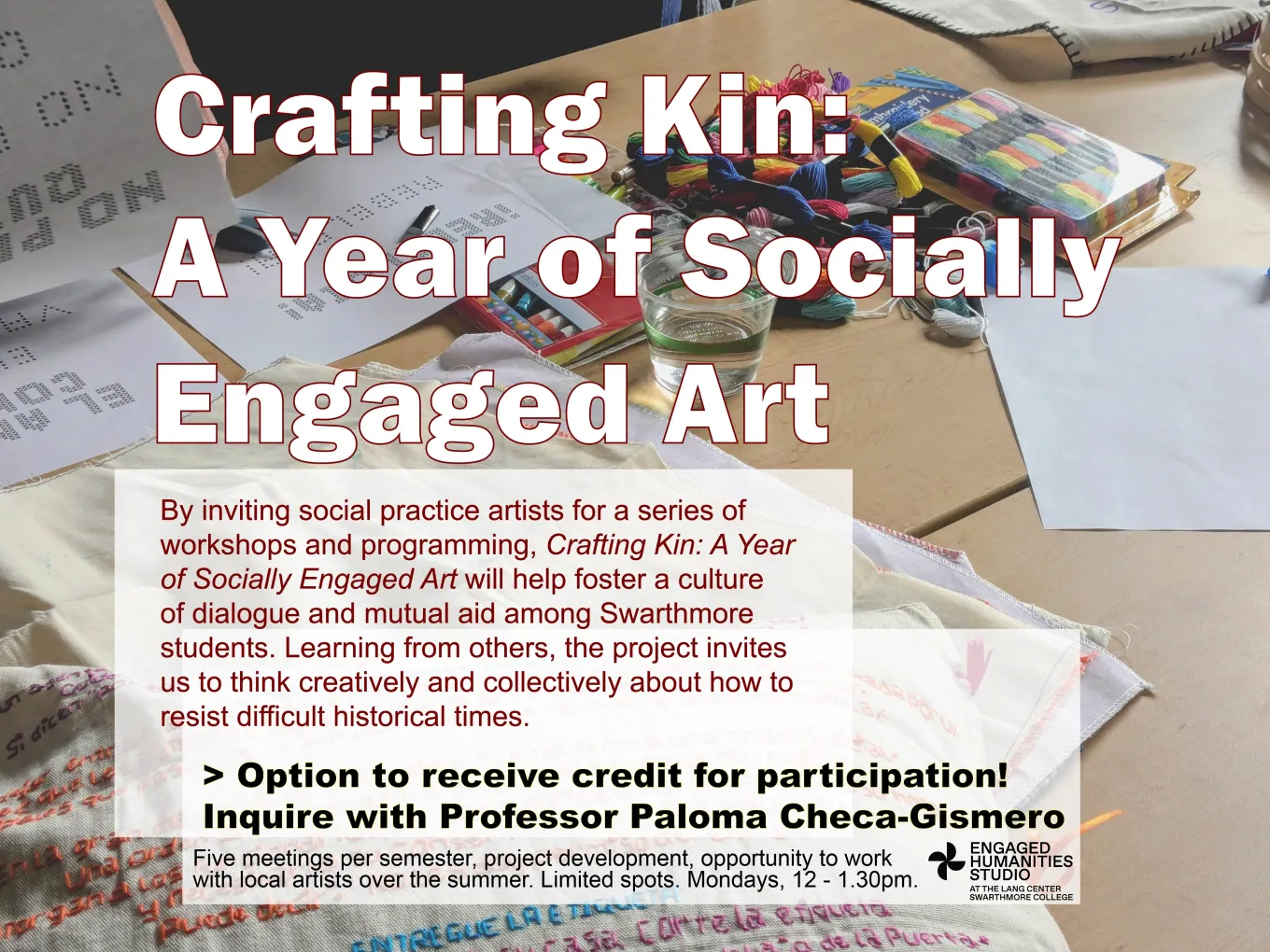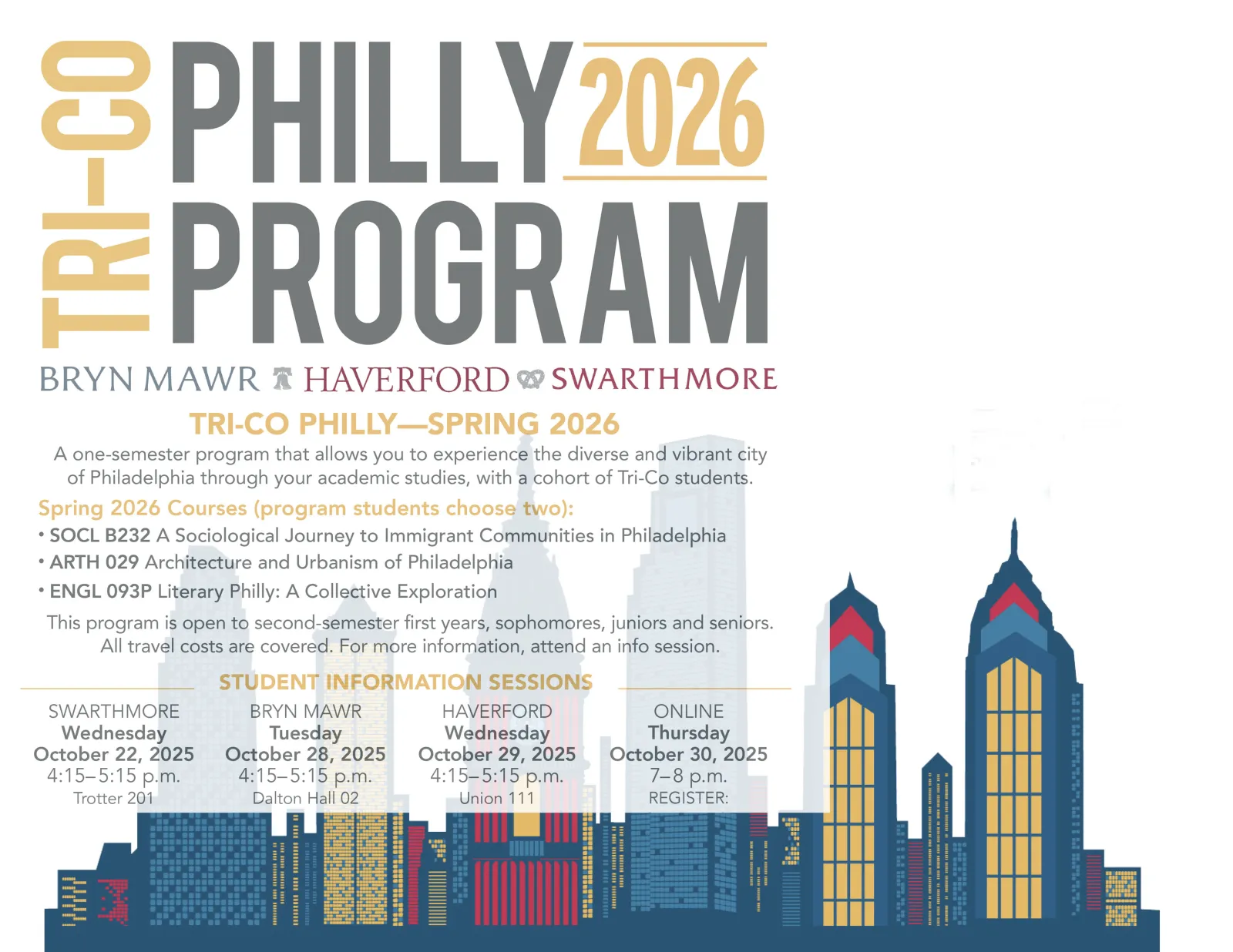What Art History and Architectural History Teaches Us
Perhaps no skill is more urgent in the twenty-first century than the ability to interpret the visual world that surrounds us. Photographs, paintings, buildings, sculpture, cityscapes, and landscapes register the ambitions and realities of the people who produced them, a meaning that remains latent without the tools of visual and formal analysis. Studying art and architectural history provides students with the necessary skills to critically analyze and comprehend the arguments conveyed in those images and forms. The art history program also provides students with the means necessary to communicate this understanding in coherent written and verbal expression.
Studying the history of art and architecture allows students to engage with the ways in which people in the past and present — patrons, artists, architects, users, and viewers — have created and employed images and forms and to what ends. Indeed, students study works of art and architecture that embody the most important ideas and cherished aspirations of cultures through time and across the globe. As a result, they gain a deeper understanding of a global, and multicultural, past and present.
Students in the art history program pursue a major in art history or in architectural studies (following the “history” track). Along either of these paths, students consider how scholars, makers, and others have thought about a given work and are asked to find their place in that discussion. In the art history program’s classrooms, we carefully look at works across a range of scales and analyze them, research the cultures in which they were produced, and make arguments about their meanings and impact.
Art History Learning Goals and Objectives
- Students will broaden their perspectives and ways of thinking through the study of a variety of works of art and architecture produced in different cultures and at different times.
- Through carefully looking at works of art and architecture, students will learn to dedicate the patient, sustained effort necessary to come to an understanding of an object on its own terms.
- Through the study of works of art and architecture, students will learn to move beyond subjective response to develop an informed understanding of something outside their knowledge and experience.
- Through visual analysis students will be able to comprehend and articulate the logic of the formal, spatial, material, and technical elements of a work of art or architecture.
- Through contextual analysis, students will know how to develop an interpretative project by:
- Critically assessing the art historical literature
.
- Identifying the subject of the work of art and exploring its meanings
.
- Situating the work in its context of production and reception
.
- Students will be able to place works of art and architecture within the history of art.
- Students will learn to critically assess disciplinary definitions, interpretive methods, and historical explanations of works of art and architecture.
- Students will be able to craft lucid historical arguments in dialogue with the larger disciplinary tradition.






